Wallpaper is cheaper
Traditional colored canvases have a huge price range: you can buy both affordable paper ones and more expensive premium ones. In this case, wallpaper can be combined using budget canvases on the main walls, and elite ones – only on the accent wall.
The cost of plaster is higher than that of the competing material, and even the cheapest mixture will be more expensive than alternative finishing.
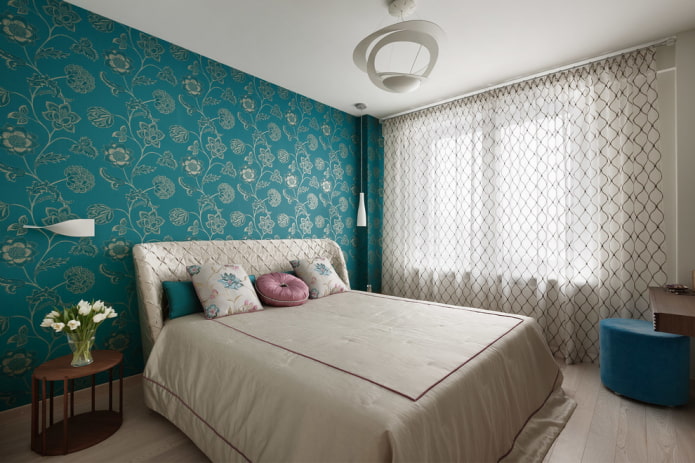
Plaster looks more noble
Decor created with plaster made on a mineral, acrylic or silicone base always looks more impressive due to its texture and application method. The finishing is handmade, so it is unique. The composition can imitate fabric, stone, concrete, wood and leather, look luxurious or natural.
Venetian plaster with a silky shine and a stone pattern is especially chic, giving the interior a certain pomp. It is actively used to recreate the classic style.

Wallpaper has a richer choice
But if the decor needs rich colors and prints, you should turn to wallpaper. No other material can compare with them in terms of diversity: the canvases can be paper, vinyl, bamboo, non-woven and textile.
In addition, there are glass wallpapers, photo wallpapers and metallized canvases. All of them have their own characteristics that help to implement the most daring ideas in design.
When visiting a hardware store or salon, you immediately see a finished pattern and shade before your eyes, and you can easily imagine it in your interior.


Plaster is more durable
It contains polymer additives that give it special strength. The finished surface is additionally protected with varnish or wax. The service life of decorative plaster is from 20 to 60 years. Regular wallpaper lasts on average about 5 years, non-woven – 10, fiberglass – 20.
When choosing plaster as a finish, keep in mind that you will not have to change the look of the room soon, and re-decorating the walls will be more troublesome than re-gluing wallpaper. The good news is that the plastered surface can be painted.
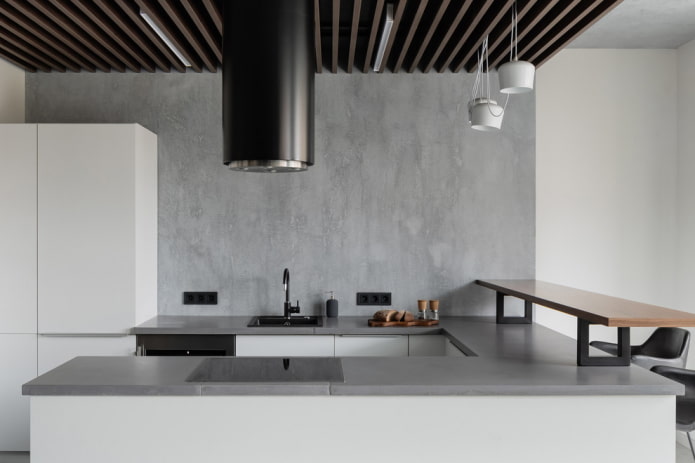
Wallpaper is easier to glue
Most of the work on finishing walls with wallpaper is done by hand. Particularly dense ones can be applied even to a concrete surface without worrying about minor irregularities – the sheets will hide these defects.
Preparing walls for plastering requires special technologies: the cost of the composition is high, so defects are not leveled with it. Most of the work is performed by professionals and includes several stages, but if desired, you can master the technique yourself.
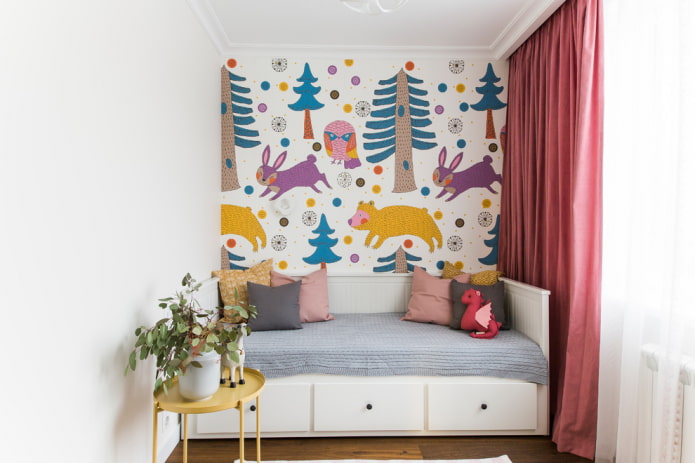
Plaster is universal
The material is used not only as a wall covering: it is used to decorate ceilings, niches and stairs.
Unlike wallpaper, the composition is applied to surfaces of any shape and area: for example, to areas with rounded edges. The joints will be invisible.
You can find special decorative plaster for floors on sale: it is environmentally friendly, allows air to pass through well, does not deform under the influence of moisture and successfully resists the occurrence of fungus.
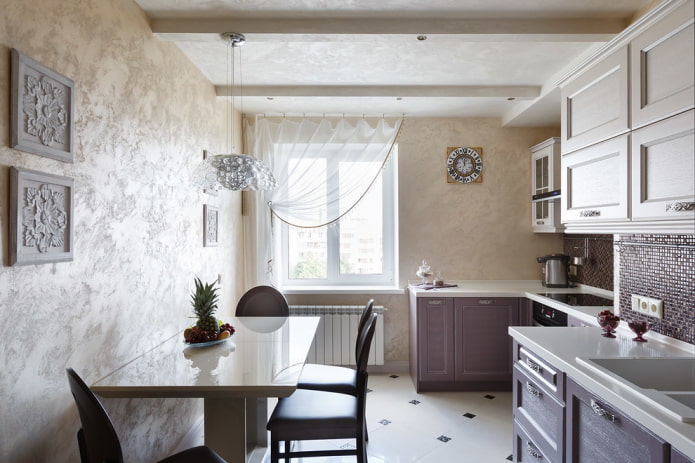
Wallpaper has seams
The main disadvantage of wallpaper is the presence of joints that spoil the appearance of the room. Budget paper products that are glued with an overlap suffer from this especially.
To level out the seams, you should buy thick wallpaper that fits better on even walls and carefully match the pattern. A good solution is sheets one meter or more wide, as well as expensive seamless products.
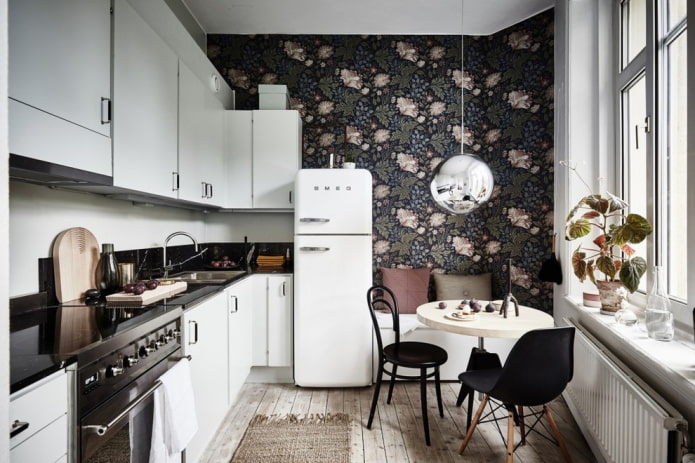
The plaster has a pronounced relief
With the help of this material, it is easy to create a bright, memorable texture. The most popular and affordable is “Bark beetle”, which contains a mineral filler and granules of different sizes. “Sandstorm” and “Travertine”, imitating stone, are applied in different ways and allow you to create a unique relief reminiscent of the surface of rocks.
For those who do not want to perfectly level the walls, the material “Texture” and “Fur Coat” is suitable, and to create a refined interior, a mother-of-pearl composition imitating silk is used.
The texture of the wallpaper is less pronounced, since it is limited by the properties of the material.
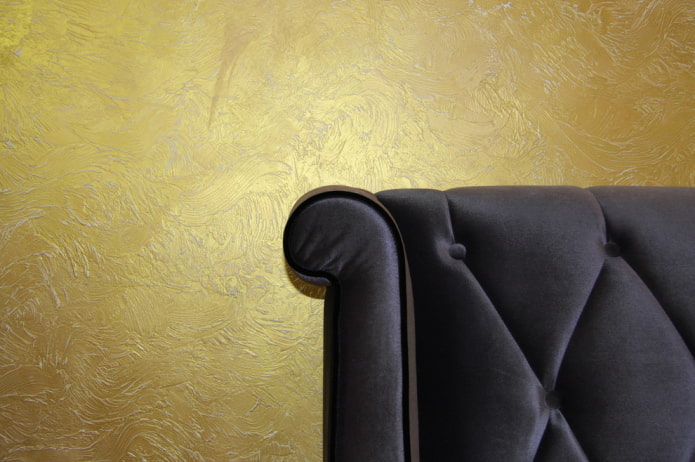
Wallpaper is less wear-resistant
Despite the fact that wallpaper is used in the kitchen, and on the loggia, and in the bathroom (excluding wet areas), its durability leaves much to be desired. To increase their service life, it is necessary to select vinyl sheets and glass wallpaper for wall decoration. Sometimes finished walls are covered with a protective varnish.
Decorative plaster is used even for finishing facades, where it is exposed to temperature changes and precipitation. The material prevents mold and decay, and is highly vapor permeable.
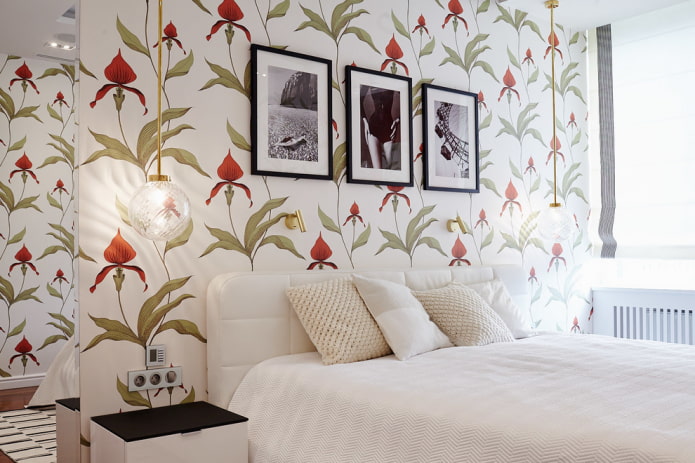
Plaster can be restored
If the technology was violated during its application (the walls were poorly leveled or not completely cleaned), deep cracks appear on the surface. Small chips and peeling occur if the plaster was not wetted enough during installation.
But a cracked area is easy to restore by knocking down the material in the damaged area to the bare wall, wetting it with warm water and plastering with the same composition.
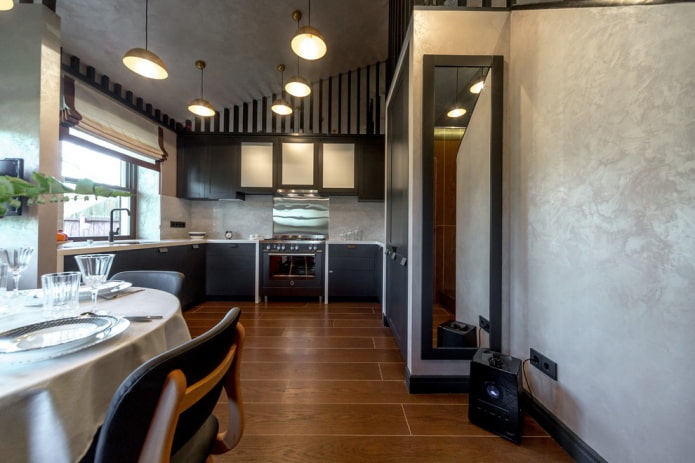
As we can see, wallpaper is inferior in wear resistance, but wins in price and variety of assortment. Plaster looks modern and original, but costs several times more and requires special skills when facing.
Now reading:
- Fence made of corrugated sheet: inspiration and examples of stylish design
- 14 projects: how to transform a one-room apartment into a two-room one?
- Ideas and photos for decorating a compact children’s room for a boy and a girl: 70 stylish solutions.
- 99 Floral Wallpaper Options for Interiors – Variety of Styles and Designs
- steps to clean your gas stove grate from grease and carbon deposits.